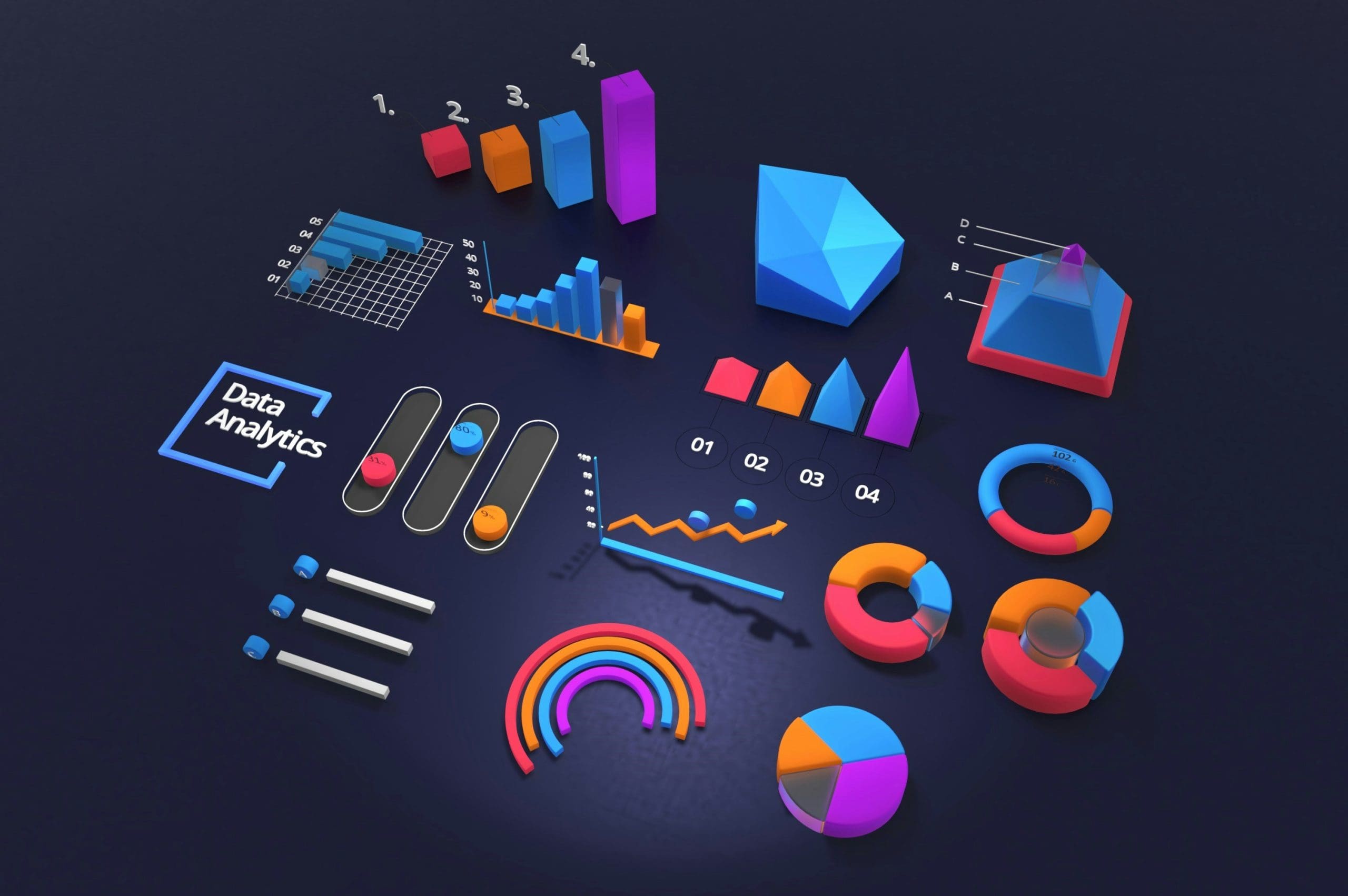
Learn how to build interactive dashboards where users can interact with data in greater detail, explore trends and patterns dynamically using D3.js.
By Shittu Olumide, Technical Content Specialist on October 23, 2024 in Data Science
FacebookTwitterLinkedInRedditEmailShare
Image by Choong Deng Xiang on Unsplash

Dashboards are indispensable tools for data visualization in many enterprises. They aid in the easy digestion of information and improved decision-making. But not every dashboard is made equally. Interactive dashboards are a better option for many applications than static dashboards since they provide several advantages.
The need for interactive dashboards has increased recently as companies realize the benefits of real-time data visualization and analytics. With the help of interactive dashboards, users may interact with data in greater detail and explore trends and patterns dynamically and easily, unlike static dashboards. As a result, several technologies have been developed to make creating interactive dashboards simpler and more accessible.
Become a data-savvy business leader

Some of the popular tools for building interactive dashboards include Tableau, which is known for its powerful data visualization capabilities; Tableau gives users the flexibility to create shareable and highly interactive dashboards connecting different data sources and UIs, making it a popular business choice. Another example is Power BI, which Microsoft developed; this is a powerful analytics tool used by businesses across the globe to create interactive visualizations and business intelligence capabilities. It integrates seamlessly with other Microsoft products, making it easy for existing Microsoft ecosystem users.
Among the various tools available, D3.js stands out for its flexibility and customization level. Unlike many other dashboard tools that provide a more user-friendly, drag-and-drop interface, D3.js gives developers the power to create truly bespoke visualizations tailored to specific needs.
In this article, we will explore D3.js's features and benefits and how it can be used to build compelling interactive dashboards.
D3.js is a powerful library used to create dynamic and interactive data visualizations on the web in JavaScript. Whether you're looking to build simple charts or complex data-driven graphics, D3.js provides the tools to bring your data to life.

D3.js landing page
This powerful JavaScript library allows you to bind data to HTML, SVG, and CSS, enabling the creation of data-driven documents. It helps you turn data into visual representations such as bar charts, pie charts, scatter plots, and complex interactive graphics. The best part? It’s highly customizable, so you can create visualizations that perfectly fit your needs.